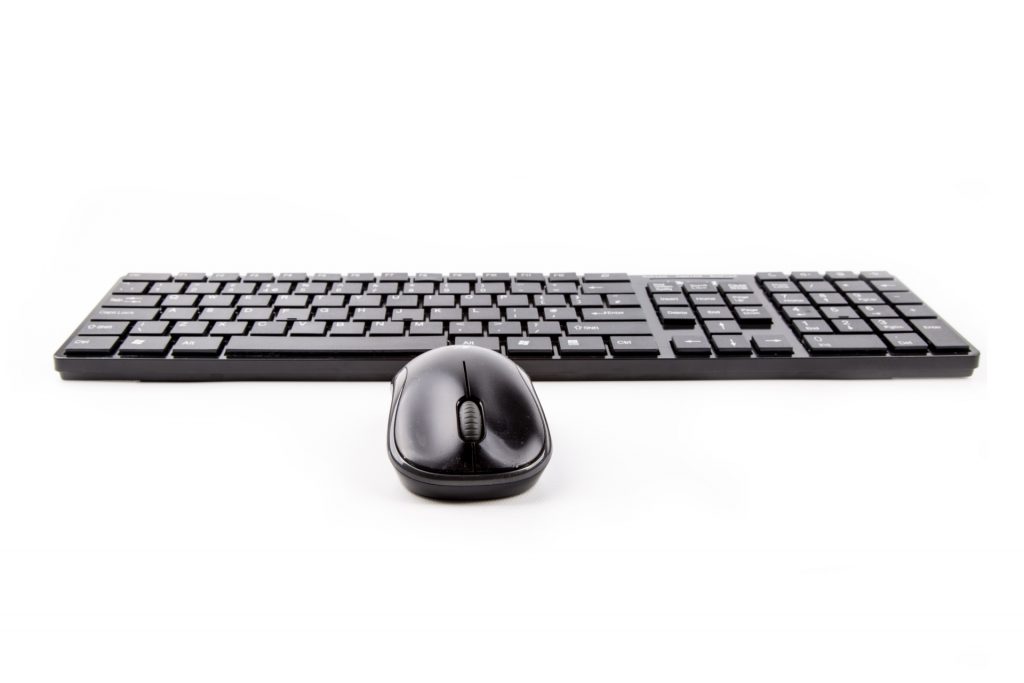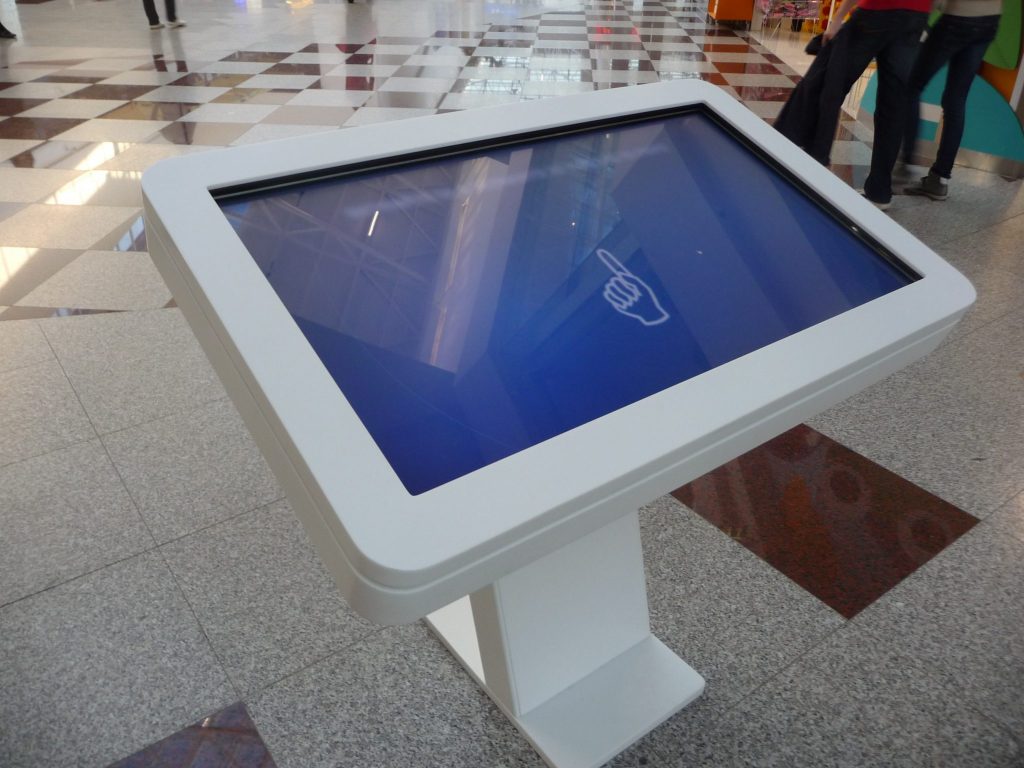One of the things that I have always liked about working in IT is that technology is constantly changing. Sometimes those changes are for the better, while in other cases the changes are a bit short-sighted. In any case, the ever-evolving nature of IT makes it a challenging and stimulating field to work in. The funny thing is, however, that not everything evolves at the same pace. Historically, new computing platforms have been released at such a blisteringly fast pace that many jokes have been made about new computers becoming obsolete almost immediately after purchase. (Check out the YouTube video below.)
[tg_youtube video_id=”bYxTBQuT_WI”]
However, the same cannot necessarily be said of the human interface. The keyboard and mouse that I am using right now as I write this blog post really aren’t all that different from the ones that I was using 30 years ago. Sure, manufacturers have managed to cut the cord, and mice now use lasers instead of balls, but the basic ways in which we interact with the machines on our desks really haven’t changed very much in over three decades.
Of course, a keyboard and mouse are not the only human interfaces available for interacting with a computer, but they are the interfaces that are the most commonly used. So why is that?
Conditioning

I think that part of the reason why we continue to rely so heavily on the keyboard and mouse has to do with conditioning. I can’t speak for anyone else, but my earliest memories of computers involved watching someone typing on a keyboard. For decades the message that “this is how you use a computer” has been unintentionally drilled into our heads.
The problem with using a keyboard and a mouse to operate a computer is that doing so is not natural. Using these interfaces begin to feel natural once you have had a chance to get used to them, but a keyboard is not a particularly intuitive interface.
I tend to think of a computer keyboard as being similar to a musical instrument. I know that when I press a key on a piano or pluck a string on a guitar that it is going to make a sound, but that simple knowledge is not the same thing as intuitiveness of operation. I may intuitively know that I can create sound by pressing a piano key, but that doesn’t mean that I would be able to competently play a song. Developing musical proficiency takes hard work, in spite of the relative simplicity of many musical instruments. Very few people pick up a musical instrument for the first time and intuitively know how to play.
The same basic concept also applies to computer keyboards. A beginner probably knows that pressing a key on the keyboard will cause a character to appear on the screen, but that does not make a keyboard an intuitive interface. The idea of being able to press letter keys in order to form words may be intuitive, but there is a big difference between typing and interacting with the machine in a meaningful way. Someone who is just figuring out how to type, for instance, probably isn’t going to instinctively know how to launch an application or write code.
Available alternatives
Realistically, I think that it is safe to say that conditioning is only a small part of the reason why we continue to rely on keyboards and mice. The bigger reason is a lack of compelling alternatives. Over the years, there have been many attempts to modernize the way that we interact with desktop computers, but most of those ideas just have not caught on.
Can a human interface be intuitive?

So what would it take to make a desktop interface more intuitive? As I pondered this question, the first answer to come to mind was to base the interface around the concept of familiarity. However, familiarity has its limits. Let me give you an example.
In this day and age, I think that it’s probably safe to say that most of us are familiar with touchscreens. Touchscreens are everywhere. We have them on our phones. The self-checkouts at the grocery store use touch screens, as do the check-in kiosks at the airport. Even the thermostat in my home is equipped with a touchscreen.
Touchscreens definitely pass the familiarity test, but that does not mean that they are the ideal human interface. While tapping on a screen may be an intuitive action, the screen’s contents can be anything but intuitive. I have seen people at the airport who have had trouble navigating the self-check-in kiosks for example. I also have a few elderly relatives who do not know how to dial a phone number on a smartphone. This isn’t to say anything bad about those people (we have all been technologically challenged at one time or another), but rather to illustrate the point that a touchscreen isn’t necessarily intuitive even though the concept is familiar.
For a human interface device to be truly intuitive, it should be completely instinctive. It should allow the user to interact with the system in a manner similar to the way that they would interact with another person.
Back in the early 1990s, I saw a demo in which someone verbally told a computer to draw a circle and color it red. The person then told the computer to “put it over there,” and pointed to the corner of the large screen that they were standing in front of. This proof-of-concept demo from nearly 30 years ago not only illustrated voice and gesture control, but it also showed how they could be used collectively within a single system. In other words, the system did not require the user to provide input in a rigid, structured manner. Instead, it allowed the user to interact with the system in a way that made the most sense based on what they were trying to do. That, in my opinion, is the essence of a good user interface. Even so, there is still one element that is missing.
The missing element is that the interface needs to be well-matched to the device form factor. It would be cumbersome, for example, for someone to carry around a keyboard for use with their smartphone. Similarly, I hardly ever see anyone interact with a laptop using touchscreen input, even though touchscreen laptops have become commonplace.
Thankfully, a lot of work is being done on nontraditional, device-specific interfaces. One of my favorite examples is the Microsoft Mixed Reality environment. Although hand controllers are designed to be the primary input methods, mixed reality headsets support other forms of input. One of the applications that I use, for example, supports vision tracking. This application allows you to click on an icon simply by staring at it for a few seconds.
No more mouse and keyboards?
In some ways, it absolutely amazes me that we are still using keyboards and mice to interact with PCs. Personally, I don’t see keyboards going away any time soon. While it is plausible that keyboards may eventually be replaced by voice input, there are currently limits to what can be done with voice. For example, I often use dictation software when I write articles, but there is no way that I could use that software to write a PowerShell script.
Conversely, I think that mice (and touchpads) will become extinct in the next five to 10 years and that gesture control will become the standard way of interacting with GUI operating systems.
Featured image: Shutterstock



